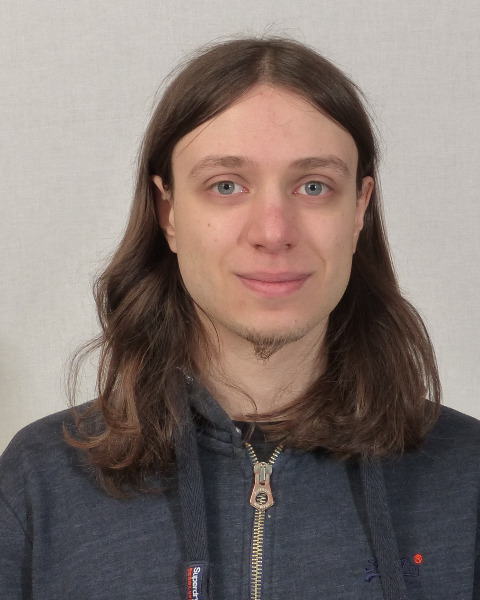Systematics, Evolution, and Biodiversity
10-Minute Paper
Head anatomy and evolution of the sausagefly and the driver ant (Formicidae: Dorylinae)

Brendon E. Boudinot
Alexander von Humboldt Research Fellow
Friedrich-Schiller-Universität Jena
Jena, Thuringen, Germany- OM
Olivia Moosdorf
Bachelor's Student
Friedrich-Schiller-Universität
Jena, Thuringen, Germany - RB
Rolf G. Beutel
Professor Emeritus
Friedrich-Schiller-Universität
Jena, Thuringen, Germany 
Adrian Richter
Doctoral Student
Friedrich-Schiller-Universität
Jena, Thuringen, Germany
Presenting Author(s)
Co-Author(s)
Ants are highly polyphenic Hymenoptera, with at least three distinct adult forms in the vast majority of species. The sexual dimorphism of ants, however, is overlooked to the point of being a nearly forgotten phenomenon. Using a multi-modal approach, we interrogate the neartotal head micro-anatomy of the male of Dorylus helvolus, known as the sausagefly, and compare it to the conspecific or near-conspecific female castes, known as the subterranean driver ants. We found that no specific features were shared uniquely between workers and males to the exclusion of queens, indicating independence of male and worker development; males and queens uniquely shared several features. We observe that males and queens share a unique mandibular form relative to workers, andcritically that there is an apparent inversion of the expected pattern of male-queen mandible development: male Dorylus mandibles are extremely large while queen mandibles are poorly developed. To explain these observation, we posit that the reproductive mandible phenotype is canalized in Dorylus, thus partially decoupling the queen and worker castes. We discuss alternative hypotheses and provide further comparisons to understand mandibular evolution in army ants. Furthermore, we hypothesize that the expression of the falcate phenotype in the queen is coincidental, i.e., a “spandrel”, and that the form of male mandibles is also generally coincidental across the ants. We conclude that the theory of ant development and evolution is incomplete without consideration of the male system, and we call for focused study of male anatomy and morphogenesis.

